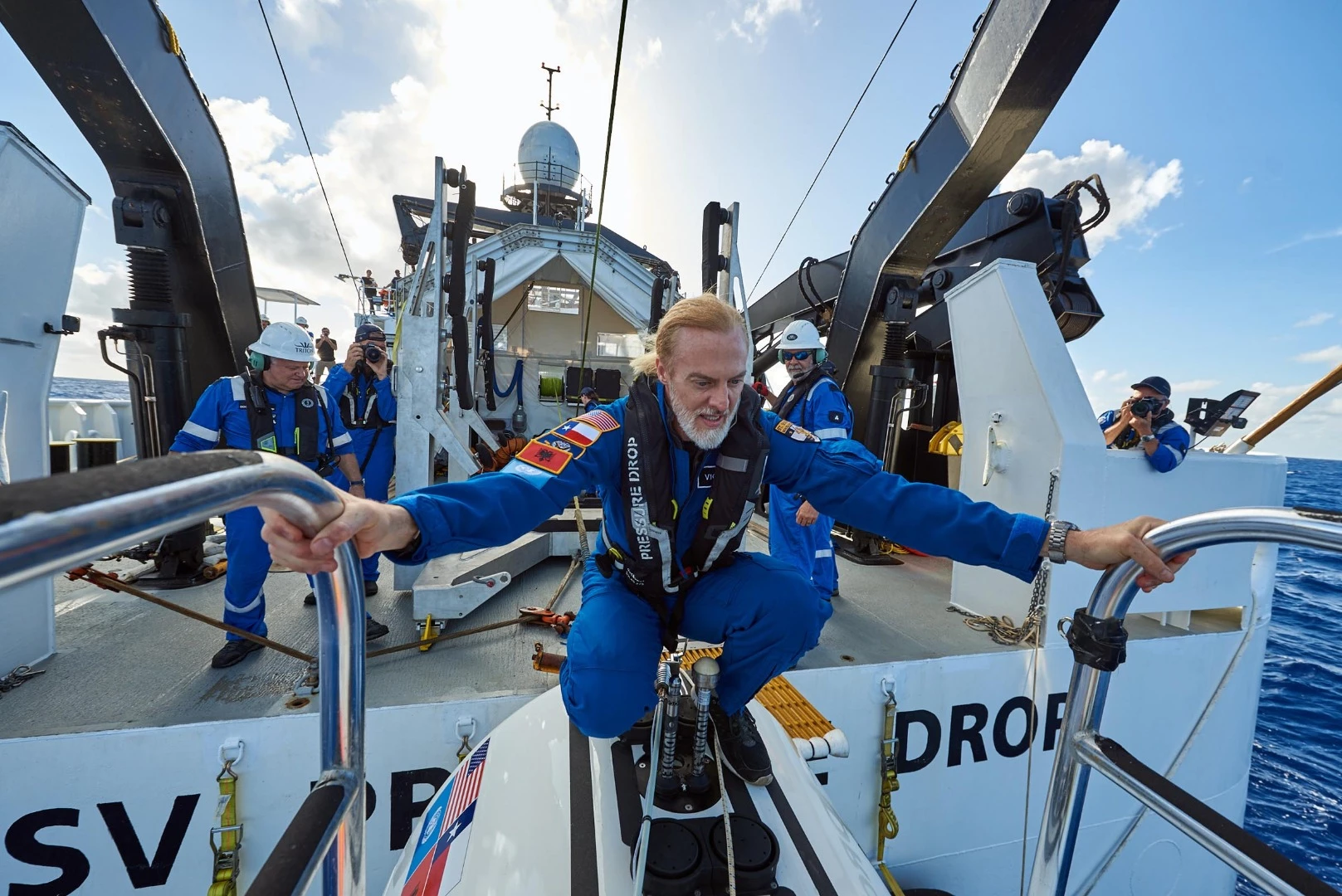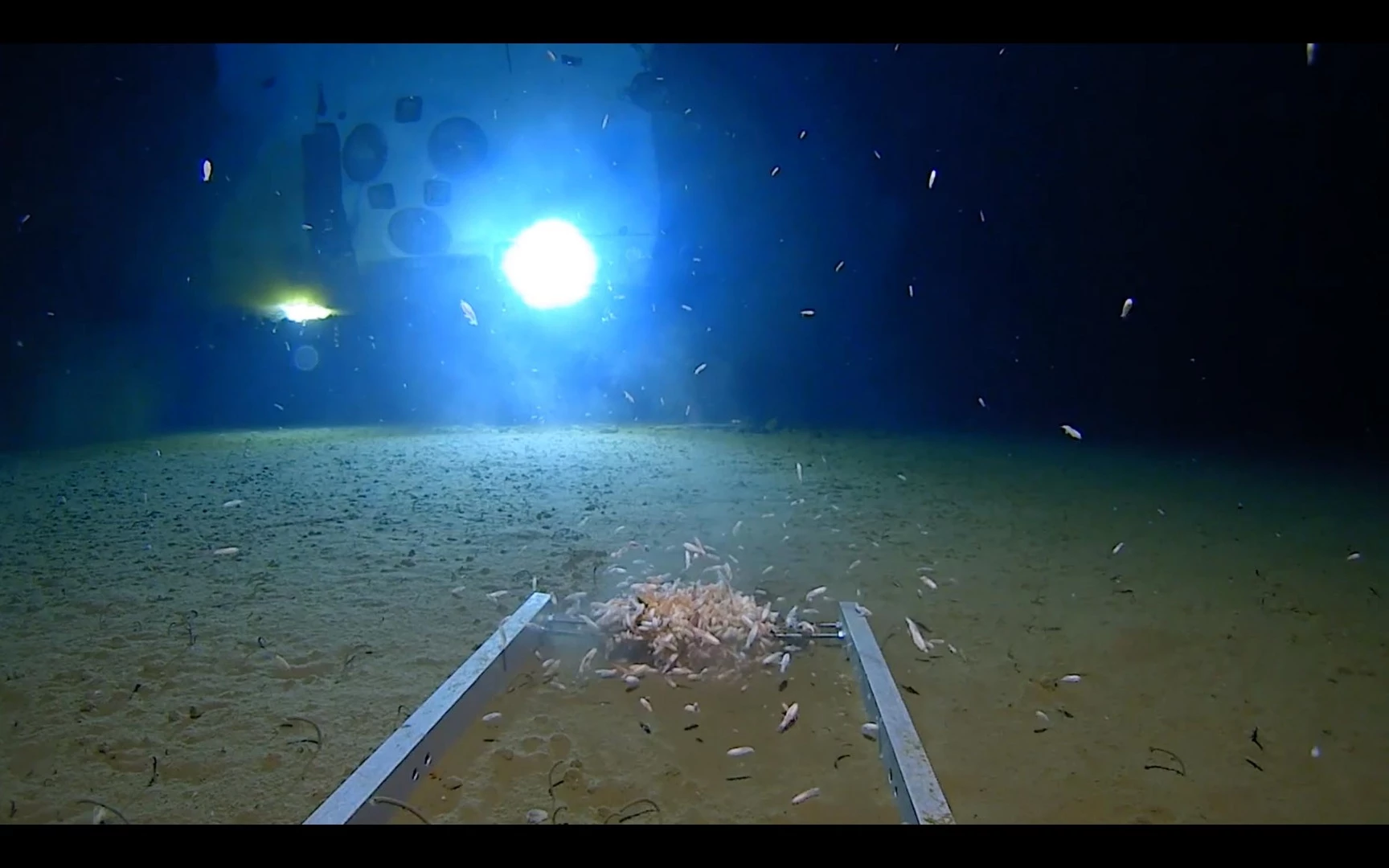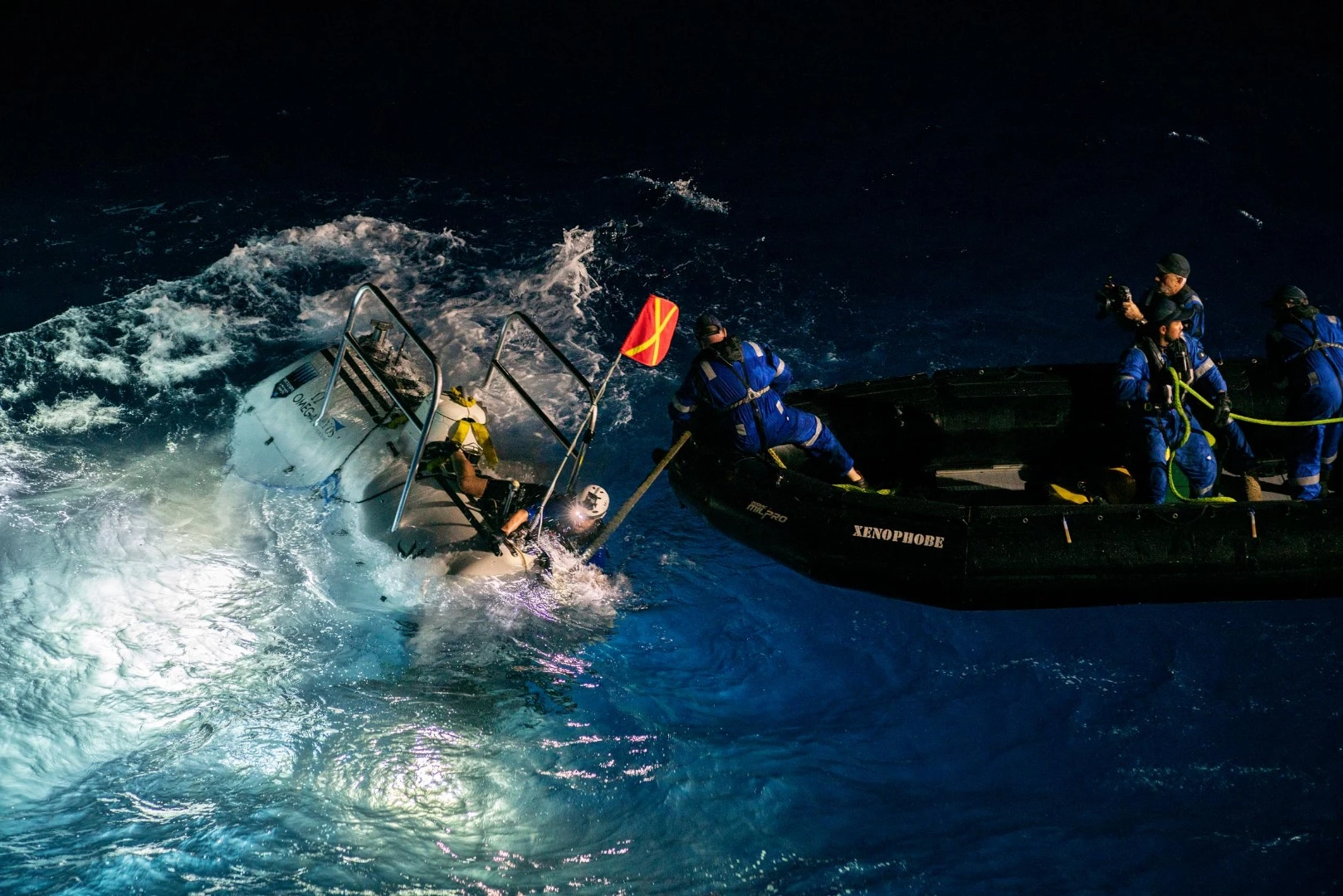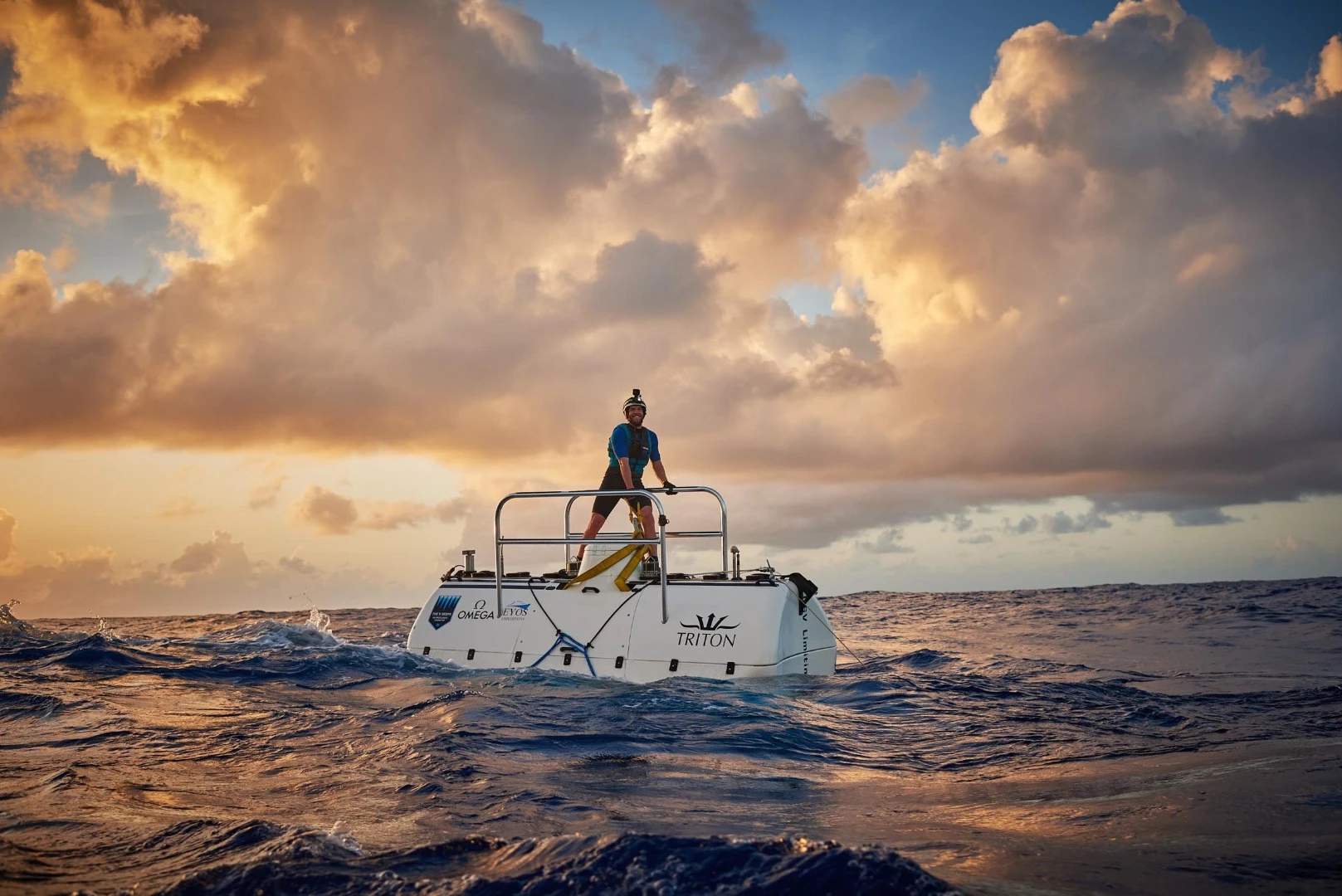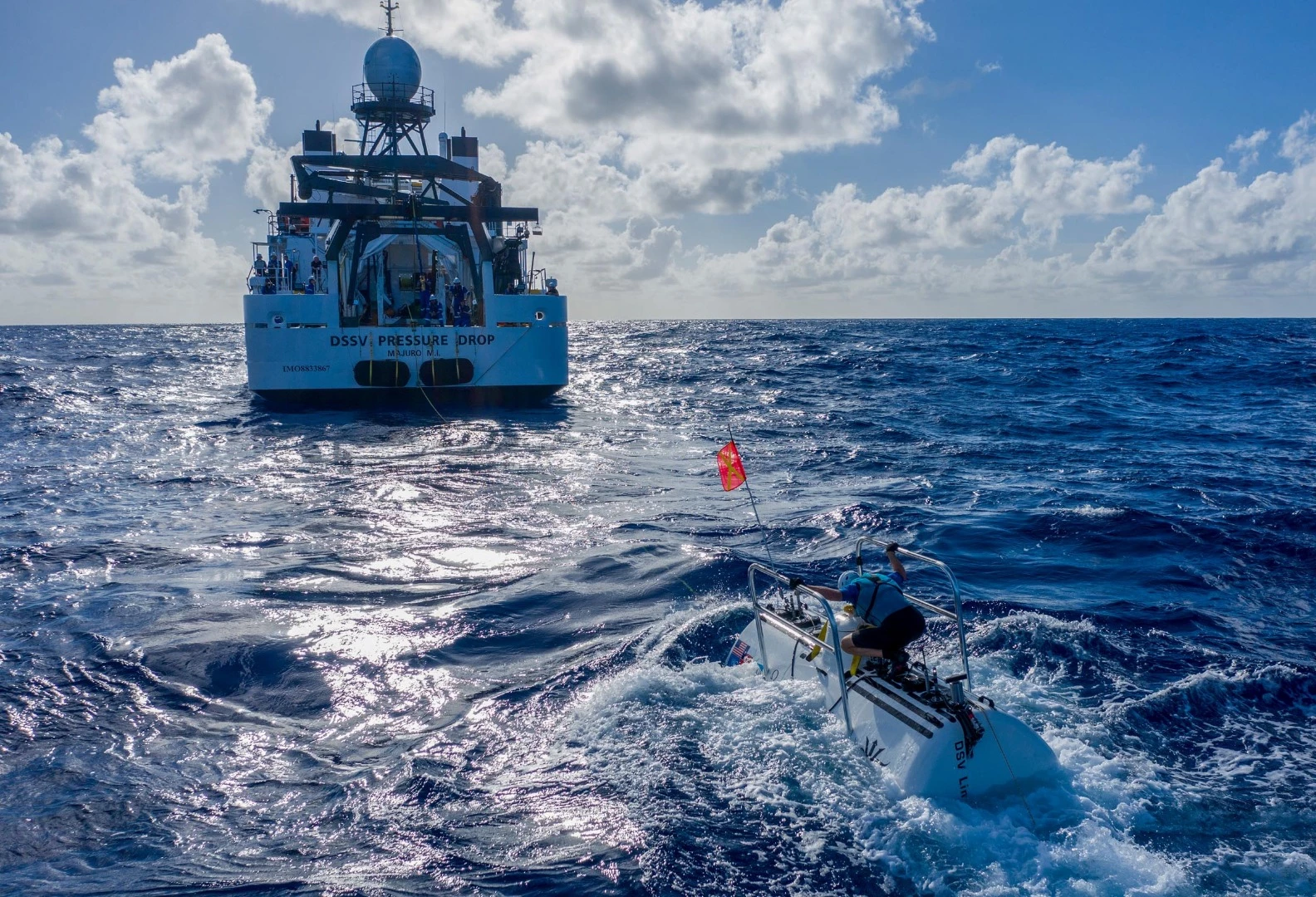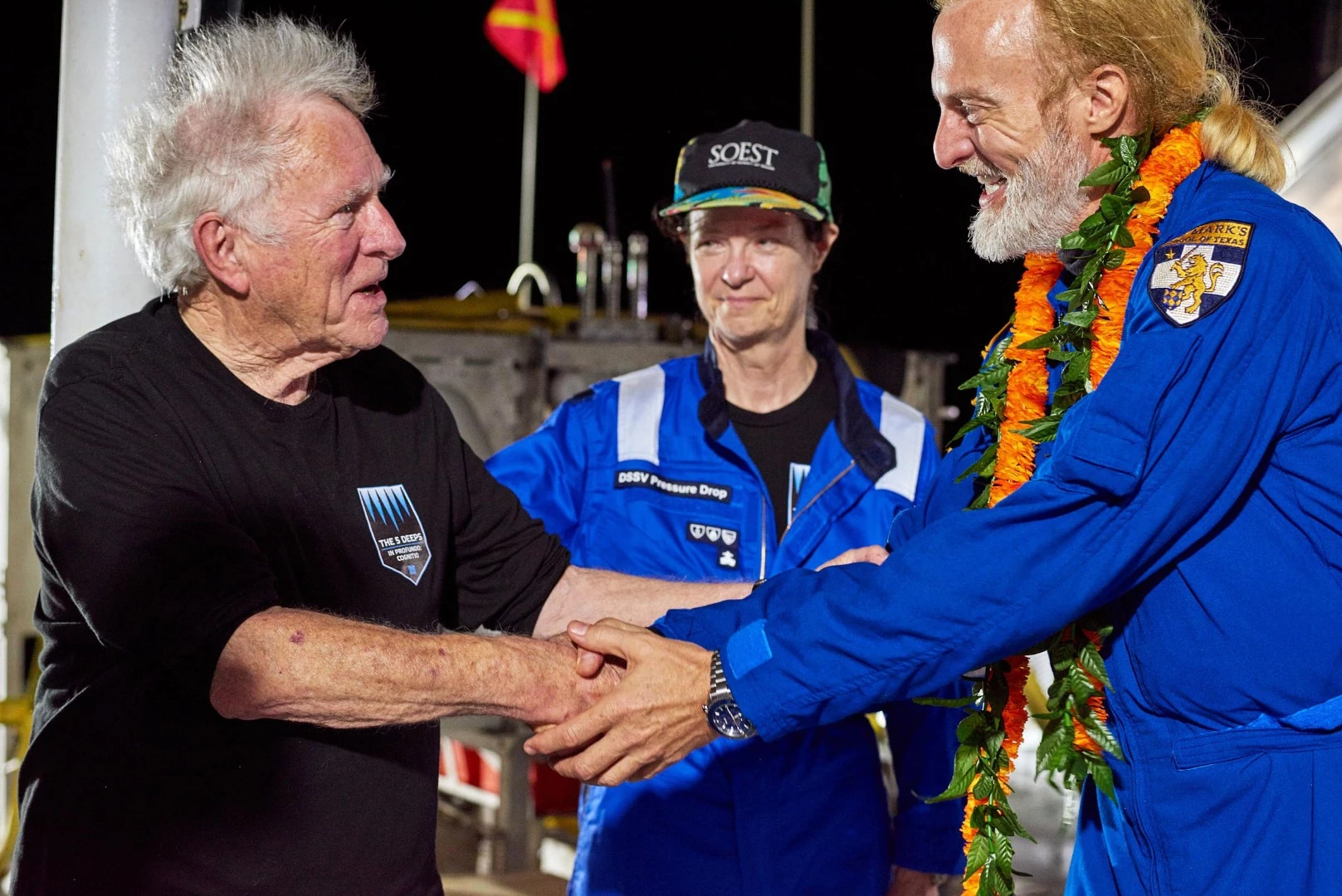The DSV Limiting Factor submarine has just yo-yoed its way from the surface to the bottom of the Mariana Trench's Challenger Deep point four times in eight days, breaking a ton of records and establishing itself as a reliable deep-sea elevator with unmatched exploration capabilities.
It's the third manned sub ever to make it to the bottom of what's currently believed to be the lowest point on Earth – Don Walsh and Jacques Piccard first got down near the bottom in 1960 in the Trieste, hitting a depth of 10,916 meters (35,814 feet) as their submarine cracked and groaned around them under more than 17,000 psi of pressure.
Film director James Cameron famously went back in 2012 for the first ever solo visit to Challenger Deep, filming the voyage in his Deepsea Challenger. He didn't get quite as deep – only 10,898.4 m (35,756 ft) – there's a surprisingly large 11 x 1.6 km (7 x 1 mile) undulating sea floor at the bottom.
Now Florida's Triton Submarines appears to have comprehensively conquered the dive with its DSV Limiting Factor sub, which is designed for repeated, extensive dives to the bottom of the ocean. Launching from the DSSV Pressure Drop ship, the team has tested that capacity with unparalleled success. The Limiting Factor just did five ultra-deep dives in the space of ten days, four into Challenger Deep and one into the Sirena Deep, another part of the Mariana Trench.

An upcoming Discovery Channel documentary will tell the story, and the lead character will be Victor Vescovo, a retired naval officer, undersea explorer and private equity investor. He's exactly the kind of fellow you'd hope gets to experience something as amazing and significant as the Challenger Deep. He's climbed the Seven Summits, including Everest. He's reached the North and South poles on skis. He flies jets and helicopters. Clearly a fellow who lives life to the fullest.
On Vescovo's first dive in the Limiting Factor, he spent four hours at the bottom and found a spot deeper than either previous dive – 10,928 m (35,853 ft) below the surface. It made him the first person ever to visit the highest and lowest points on the Earth, as well as establishing a new "four corners" challenge for others to follow when you add in both poles as well.
On the sub's third dive, it passed all the necessary tests for commercial certification, as well as salvaging a scientific lander that got stuck on the bottom during the second dive. On the fourth, it shot some video and grabbed a few biological samples to see what can live under such extreme conditions, and the fifth dive became the first ever manned dive into the Sirena Deep, which is thought to be the second deepest part of the ocean.
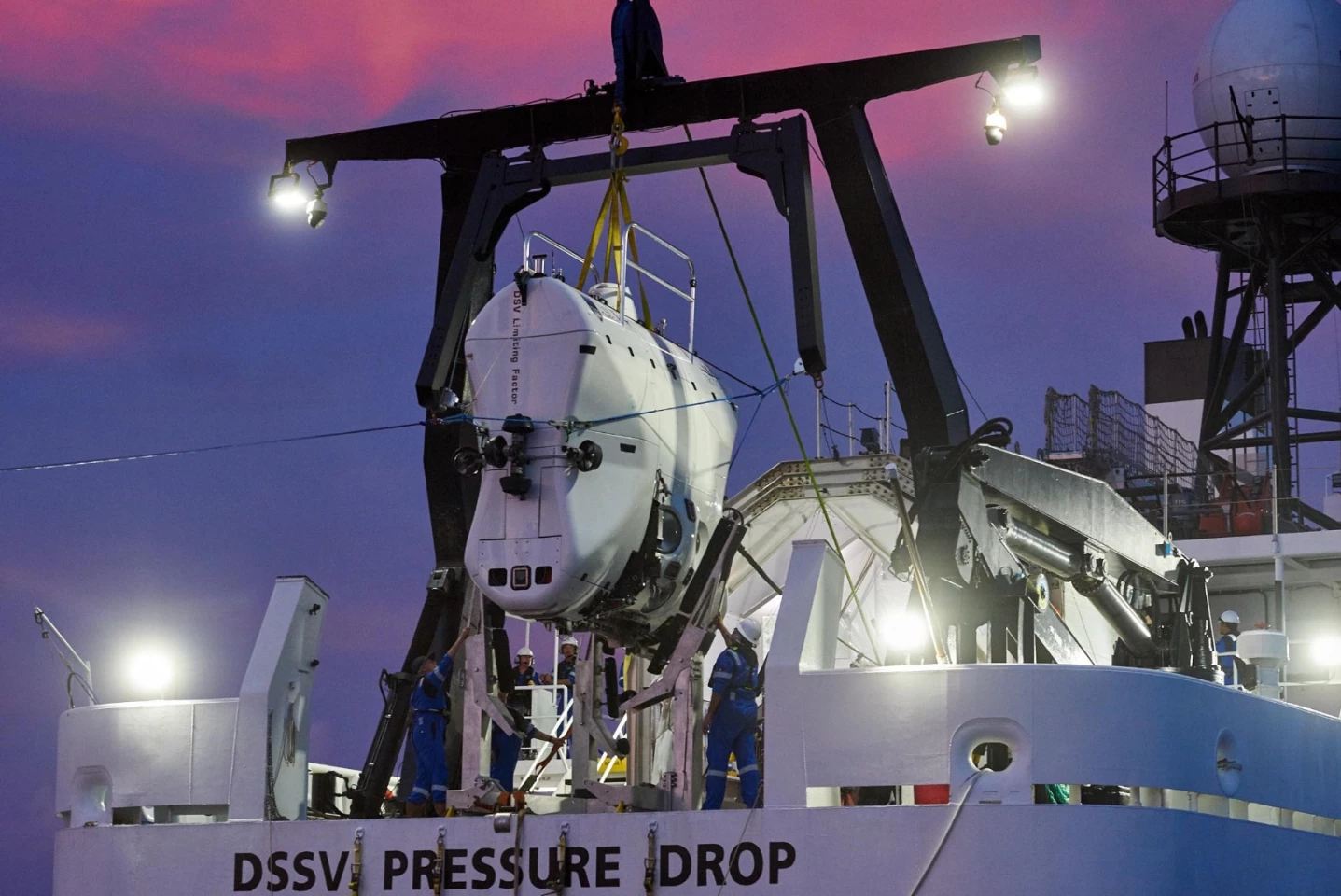
Vescovo, who did the first two dives alone and also went along on the fifth, was elated. "This submarine and itsmother ship, along with its extraordinarily talented expedition team, took marine technology toan unprecedented new level by diving – rapidly and repeatedly – into the deepest, harshest areaof the ocean," he said. "We feel like we have just created, validated, and opened a powerful door todiscover and visit any place, any time, in the ocean – which is 90 percent unexplored."
Don Walsh, who was first to get down there nearly 70 years ago, was aboard the DSSV Pressure Drop as Vescovo followed in his footsteps, and he described the mission as a tour de force. "This was a demonstration of systemreliability and operational efficiency never seen before in exploration of the oceans' deepestplaces," said Walsh. "I was proud and honored to have been invited to be part of Victor's team when it madeworld history at Challenger Deep."

The average dive duration was in the order of 11-12 hours, the sub takes 3.5 hours to descend and the same to come back up. But the DSV Limiting Factor is designed to allow two people to stay under for four days if necessary, so longer missions are well and truly on the menu.
These dives were part of Vescovo's "Five Deeps" expedition, which has now taken him to four of the five known deepest spots in the ocean. Next stop is the Tonga Trench, which has been measured to 10,882 m (35,702 ft) deep – Vescovo is hoping to work out once and for all whether that's as deep as it goes, or if there's a possibility it's actually deeper than the Mariana.

After that, it'll head back to the 8,376 m (27,480 ft) Puerto Rico Trench on the way to the final stop, the Molloy Deep near Greenland, which will be a walk in the park at just 5669 m (18,599 ft).
As Vescovo points out, there's basically nowhere under Earth's seas now that humanity can't get to, reliably and repeatably, for exploration and scientific study. It'll be fascinating to see what new knowledge comes out of these missions, and we'd also be interested to know what's next on Vescovo's extraordinary bucket list.
Source: Triton Subs

